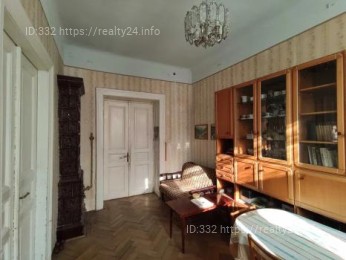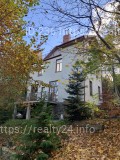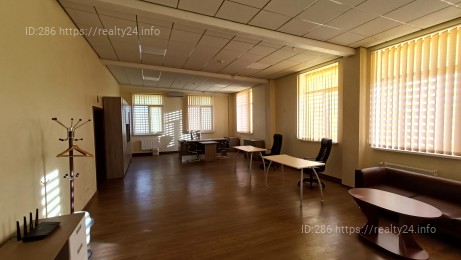Warsaw - Buy, Rent or Find Realty and Services...

Warsaw (Polish: Warszawa) is the capital and the largest city in Poland in terms of population and occupied territory.
The city became the capital in 1596, when King Sigismund III moved his residence here after a fire in Wawel Castle in Krakow. The capital status of the city was confirmed only in the Constitution of 1791. A river, the Vistula, flows through the city, which divides the city approximately equally.
history
Model of the settlement in Brodno [pol.] ( Targuwek ) in the Archaeological Museum of Warsaw
It has been documented that from the 10th century on the territory of modern Warsaw there were several settlements, among which Brodno (that is, "ford", "crossing"), Jazdów and Truck. Despite this, the first wooden buildings in Warsaw were built by the Mazovians in the 12th century, and the stone ones were built in the 14th century for the purpose of defense against the Teutonic Order.
At the beginning of the 15th-16th centuries, Warsaw was the capital of the Principality of Mazowiecki, in 1596-1795 it was the residence of the Polish kings and Grand Dukes of Lithuania, in 1791-1795 it was the capital of the Polish-Lithuanian Commonwealth, in 1807-1813 it was the capital of the Duchy of Warsaw. in 1915 - the Kingdom of Poland (owned by the Russian Empire). From 1918 to 1939, Warsaw was the capital of the Polish Republic, and from 1952 to 1989 - the capital of the Polish People's Republic.
In the 16th-19th centuries, Bernardine monks were active in Warsaw, who built a monastery and a church in the city.
During the occupation of 1939-1944 during the Second World War, the administrative center of the Governor General was located in Kraków.
After the Second World War, the city was rebuilt. However, only the most ancient part of the city, namely the Old Town, the New Town, and the Royal Tract, as well as some valuable architecturally monumental objects, were restored in their historical, although not always in their original form. So, for example, in the Old Town, behind carefully restored facades, modern, according to the criteria of the post-war period, apartments with a completely different layout and equipment than their predecessors before 1939 are hidden.
Population
The increase and evolution of Warsaw's urban population has long been influenced by the fact that the city was one of the transshipment points of trade routes and trans-European migrations. This circumstance could not but affect both the number and the national composition of the population. Thus, earlier, before the city became a center of industry and services, the population consisted mainly of trade groups. According to the 1897 census, out of 638,000 inhabitants, about 219,000, or about 34%, were Jews by nationality. The diversity and multi-ethnicity of the population had a special effect on the culture of the city. Being the home of many different ideas and currents, Warsaw, during its more than 300-year history, acquired the nicknames "Eastern Paris" and "Second Paris".
As of 2023, 1,861,644 people live in Warsaw, and taking into account tourists and regular visitors, about 2,243 thousand people stay in Warsaw every day.
Architecture
Also: Palaces of Warsaw and List of tallest buildings in Warsaw
The restored Royal Palace in Warsaw and the square in front of it
Nowadays, Warsaw is a mixture of various architectural styles, thanks in large part to the rich history of both Poland and the capital.
During the Second World War, the old city was almost completely destroyed and rebuilt only in the post-war years. For example, the Royal Palace (the historical heart of Warsaw) was rebuilt only in the 1970s and 1980s, and individual restoration works are still ongoing. The historical center of Warsaw is included in the World Heritage List as an exemplary example of perfect restoration of destroyed historical heritage.
The times of the Polish People's Republic left behind buildings in the style of the Stalinist empire. Several significant historical monuments were recreated after the fall of the communist regime.
In recent decades, the panorama of the city has been enriched with modern skyscrapers (including the highest in the EU) and business centers.








